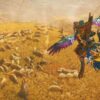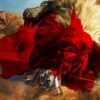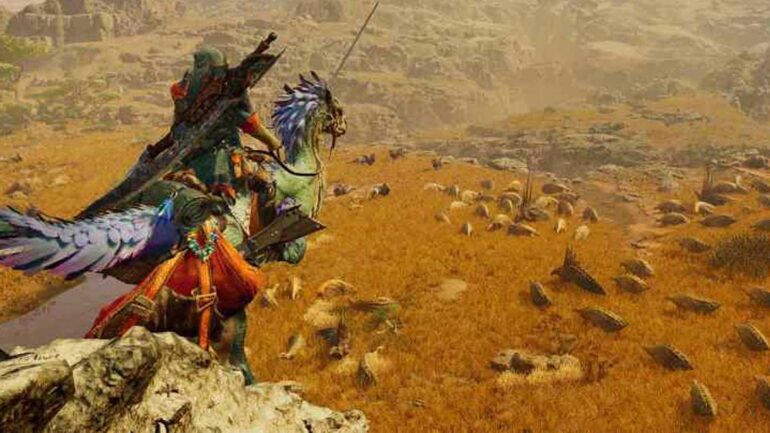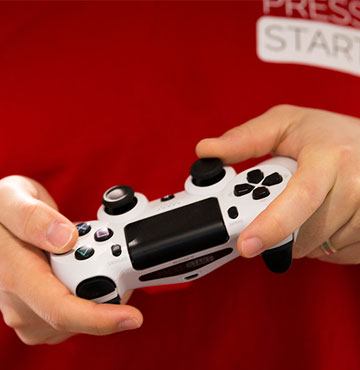After going hands-on with Monster Hunter Wilds during its open beta in October, I was left clamouring for more of what CAPCOM have been cooking up. Its directional shift also left me with more questions than answers, but we were fortunate enough to sit down with legendary series producer Ryozo Tsujimoto to chat about all things Monster Hunter Wilds ahead of its February release.
After the rampant success of Monster Hunter World and its expansion, Iceborne, we talked about following up CAPCOM’s highest selling game in history, how the team keeps on coming up with brilliant new monster designs, a renewed focus on the ecology of Monster Hunter, and the new possibilities afforded by the power of current-gen hardware.
IS THE WOUND SYSTEM ANOTHER ATTEMPT OR INTERPRETATION OF ICEBORNE’S DIVISIVE CLUTCH CLAW IDEA? IF SO, HOW DID THE TEAM APPROACH IT DIFFERENTLY TO AVOID THE SAME ISSUES?
We think it’s completely different to the Clutch Claw. We want players to have a distinct feeling of distance by aiming for different parts of the monster ensuring that each part feels different to attack and target over the course of a hunt.
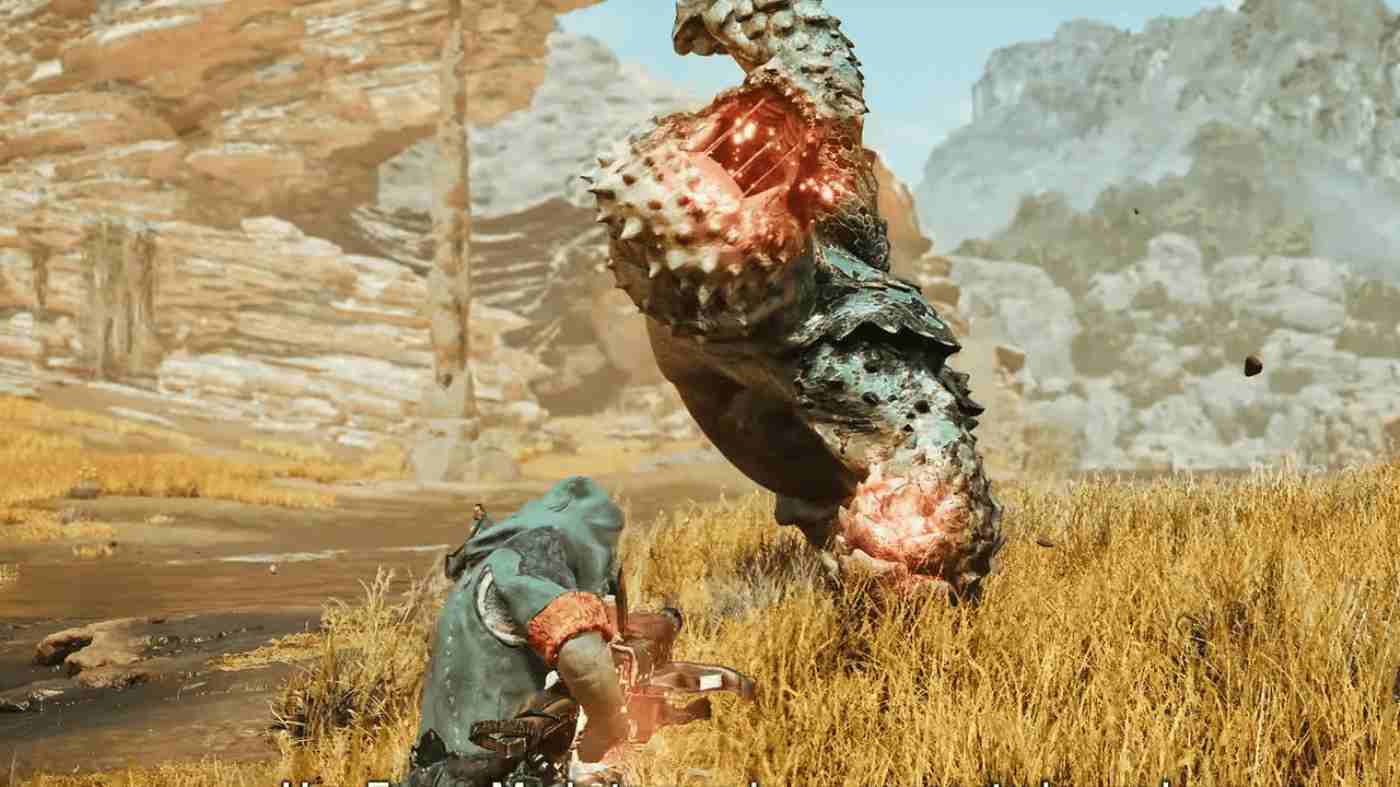
One of the more difficult aspects of Monster Hunter for new players is judging distance between you and the monster. The Focus system alleviates this in a way, allowing you to better gauge your striking range and more accurately target the monster. Additionally, we’re looking at making some changes to how Wounds work in the full version of the game in comparison to the open beta.
WHILE IT’S CLEAR THAT WILDS IS MORE AKIN TO WORLD, THERE ARE ALSO SOME IDEAS THAT HAVE TRANSLATED ACROSS FROM RISE, LIKE THE SEIKRETS. IS THERE ANYTHING ELSE THAT THE TEAM LEARNT OR BROUGHT OVER FROM RISE?
Obviously there are similarities in that riding on a living creature to get around the environment is the same, but the actual game mechanics are completely different. With Monster Hunter, we have different ideas for different titles. New monsters, unique game mechanics, and so on. We’re always trying to find what ideas fit best for each project.
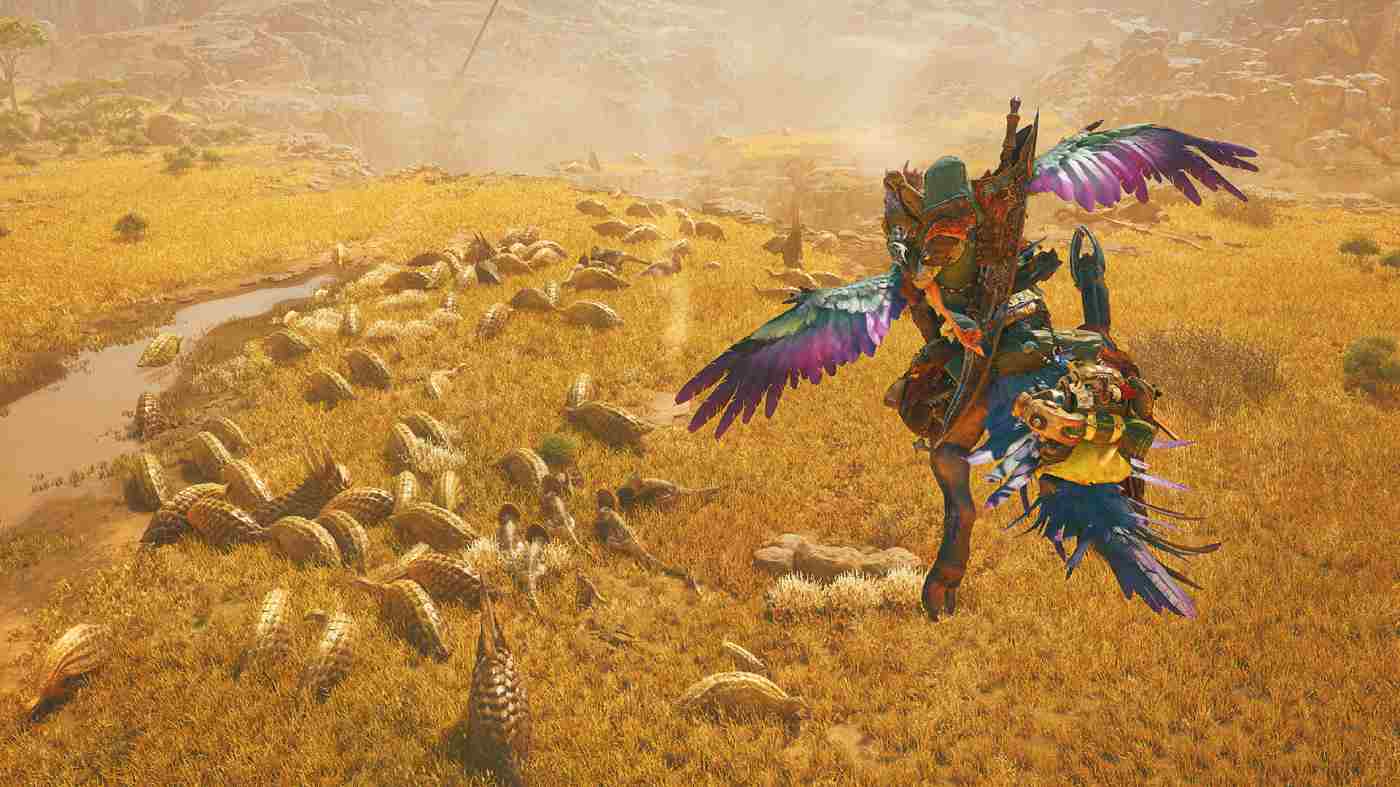
In Monster Hunter Rise, because you know where the monster is at the start of a hunt, you think about what kind of route you take to get the monster. We made it so the player has complete control of the Palamute to achieve that gameplay idea. In Wilds, the field is much bigger and players can be confused or overwhelmed by the sheer size of it and how dense it is with wildlife. The Seikret reduces the stress of this, it has an automatic traversal feature instead of you having to control where it goes. This is an example of how we change systems and ideas based on what we need for each particular title.
ECOLOGY HAS ALWAYS BEEN A BIG PART OF THE SERIES BUT IT REALLY TOOK CENTRE STAGE IN WORLD. IS THAT SOMETHING THAT THE TEAM KNEW THEY WANTED TO PLACE FOCUS ON AGAIN IN WILDS? IS THERE ANYTHING YOU’RE ABLE TO DO WITH STRONGER HARDWARE?
One of the things we wanted to focus on in Wilds is humans. In Monster Hunter, we always put a big focus on the ecology of monsters and other wildlife in the environments. This time around, we wanted to focus on the human aspect and how they live. How do they interact with the monsters? It puts the focus on the relationship between humans and monsters as well as how that all fits into the larger ecology.
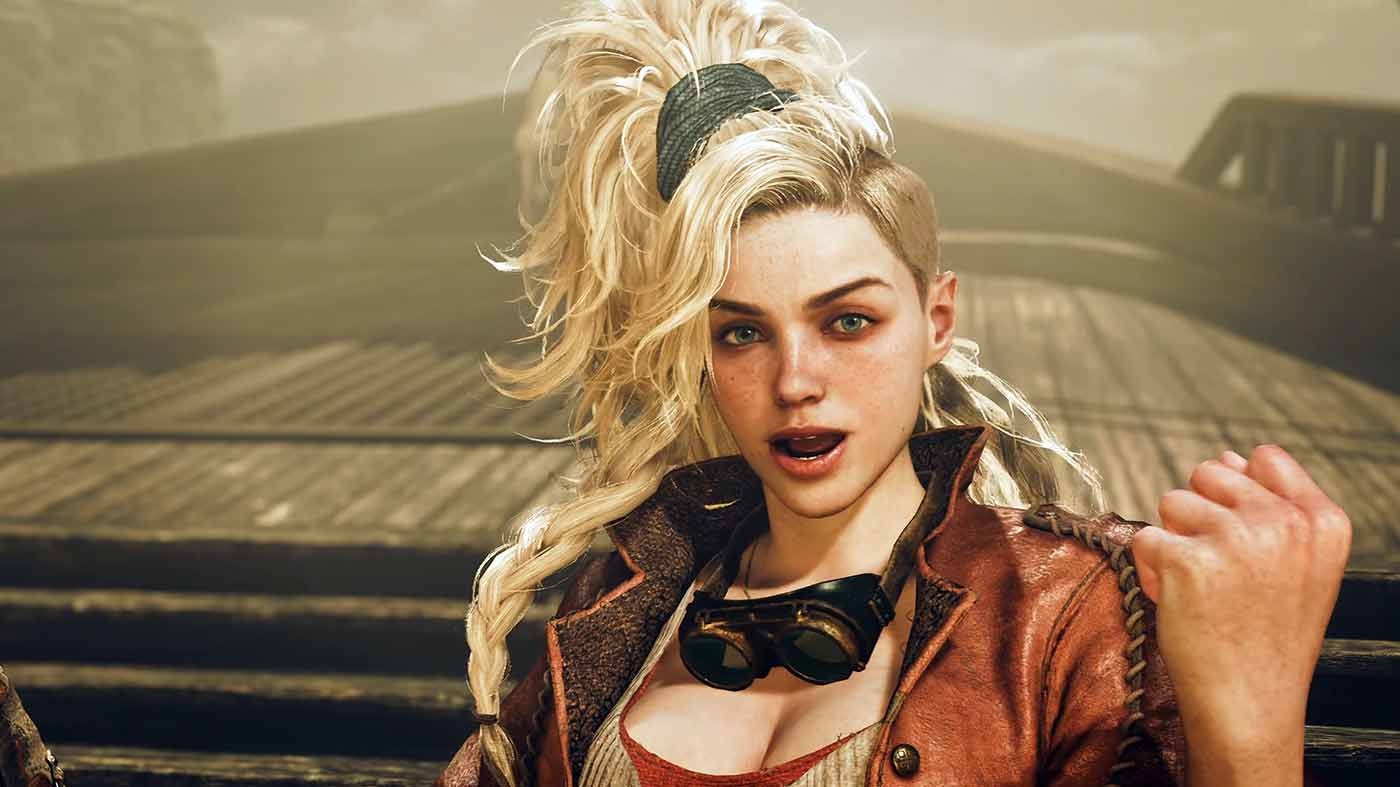
In terms of technology, the biggest improvement is in artificial intelligence. Monster AI in Wilds will herd or be in packs. We want to show how they move and act within these herds. One big improvement made possible with current hardware is each individual monster in a herd can be controlled, where in prior games we could only manipulate monsters as a larger group or herd. It means we can depict individualities in certain monsters and uniqueness you haven’t seen in other Monster Hunter titles.
YOU MENTIONED THAT YOU CAN NOTICE HOW SMOOTH THE MOVEMENTS OF THE CHAINS ON ARKVELD ARE. HAS STRONGER HARDWARE ALSO ALLOWED FOR NEW, MORE COMPLEX MONSTER DESIGNS?
Monster joints in particular are a lot smoother. They naturally move along in a way that wasn’t previously possible. This aspect of monster design is most pronounced with Arkveld – the flagship monster of Monster Hunter Wilds. The way its chains move along the ground or through the air when it attacks is something we’ve not been able to do before due to technical constraints.
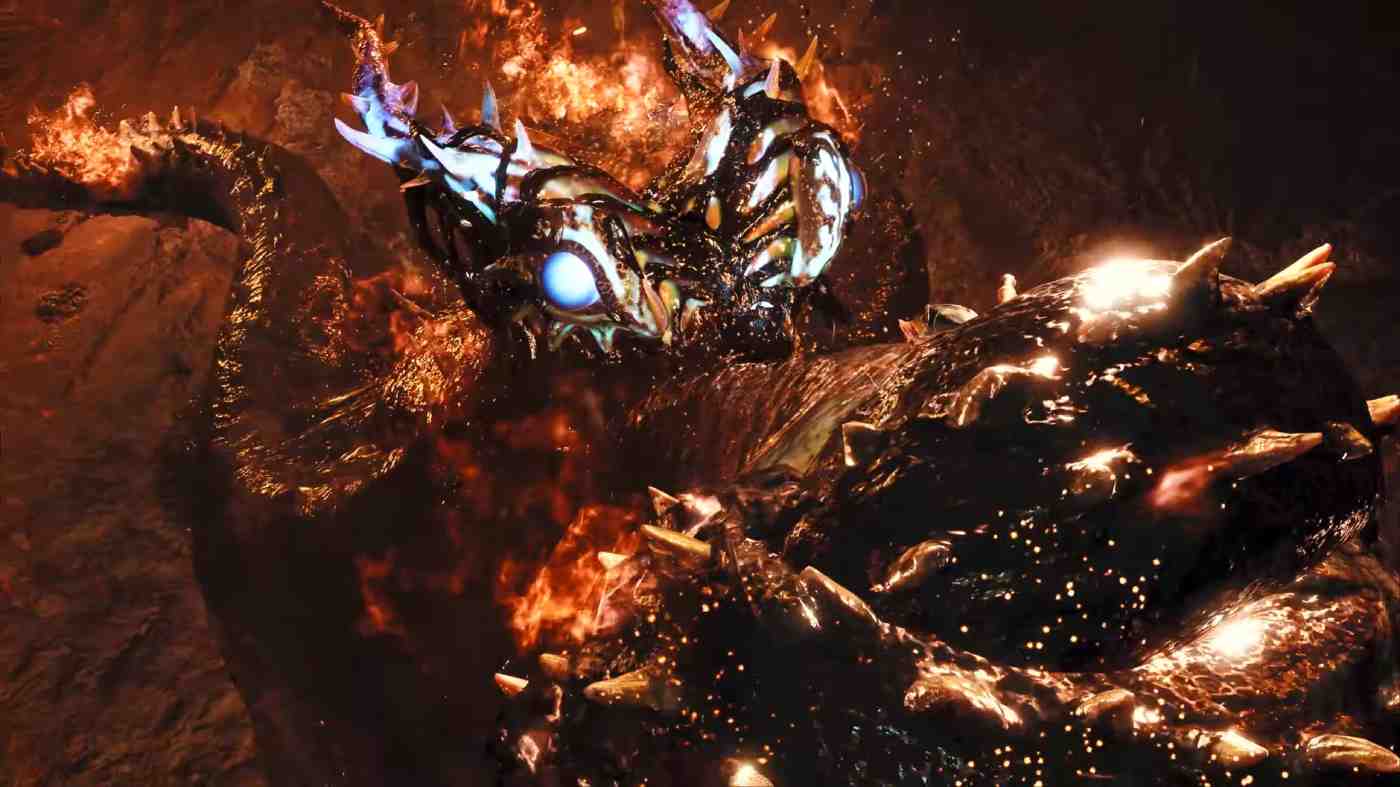
IT’S SO IMPRESSIVE THAT THE TEAM IS CONTINUALLY ABLE TO FIND NEW AND UNIQUE MONSTER DESIGNS THAT ARE THRILLING TO FIGHT AGAINST AND LEARN. HOW DOES THE TEAM KEEP FINDING WAYS TO BRING DISTINCT MONSTERS LIKE REY DAU AND BALAHARA TO LIFE?
When we’re coming up with monster ideas, they need to make sense. We can’t have all the strongest monsters in one game. First we think about the timing of when the monster is going to take the stage – what kind of purpose does it serve and what job does it have. That lays the foundation for our monster ideas.
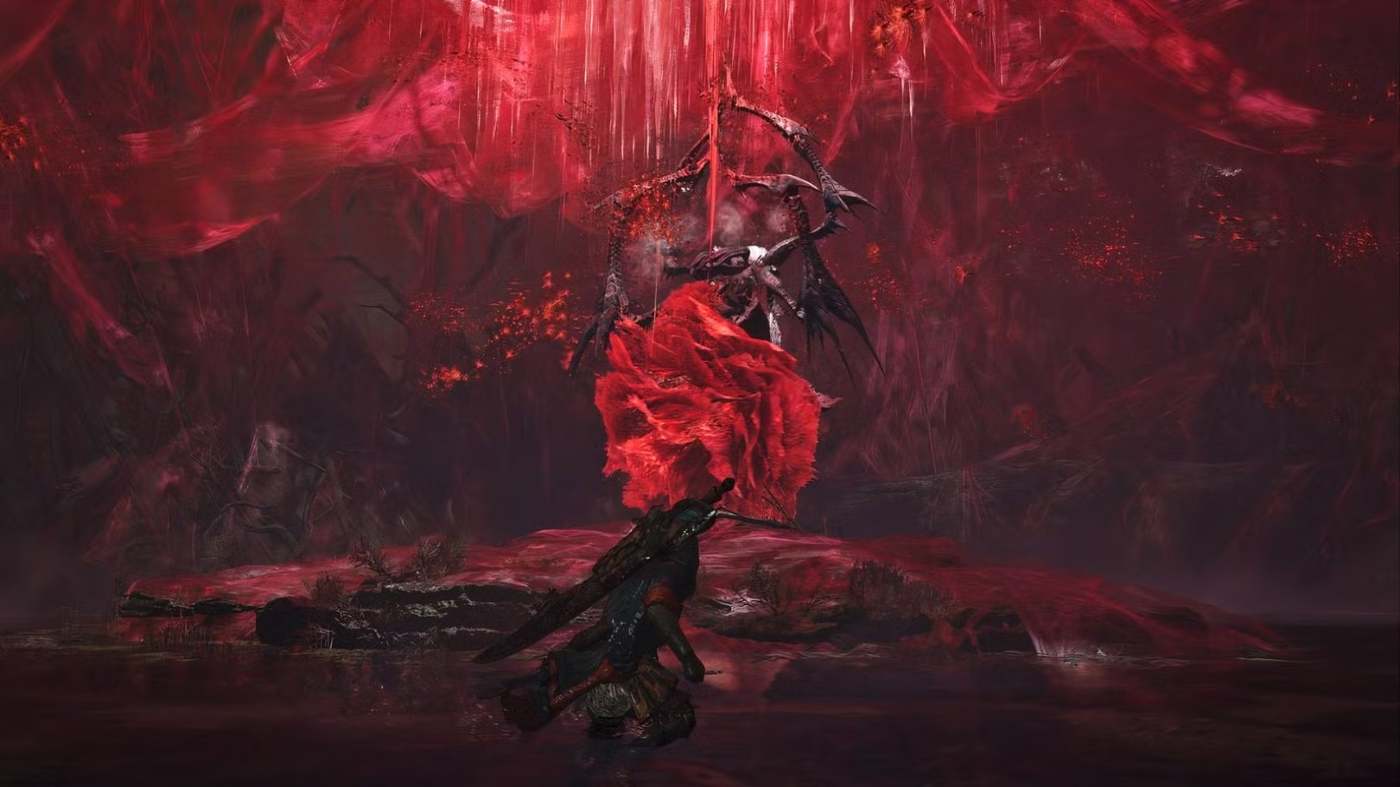
We also keep in mind that there’s always an Apex Predator in any given area in Monster Hunter Wilds. Opposite to the Apex Predators are the herd monsters like Doshaguma. Thinking about the order of introduction and design for monsters, we’re always thinking about what comes first – Chatacabra in the instance of Wilds.
THE CHEAPEST PRICE: $99 FROM AMAZON WITH FREE SHIPPING
We make sure these early monsters have attacks that are simple and easy to learn so players can get used to the monster and game flow. We decided to have the Quematrice come after Chatacabra because monster designs are based around the order they’re introduced in. Each brings different different mechanics, ideas, and attacks that the player needs to contend with and adapt to. It’s always based on the game systems and its foundations.
CAN PLAYERS EXPECT WILDS TO LAUNCH WITH MASTER RANK HUNTS OR WILL THEY COME LATER DOWN THE TRACK AS USUAL?
There will be no Master Rank hunts at launch.
Monster Hunter Wilds launches on February 28th, 2025 for PlayStation 5, Xbox Series X|S, and PC. You can grab it from Amazon for $99 with free shipping HERE.
